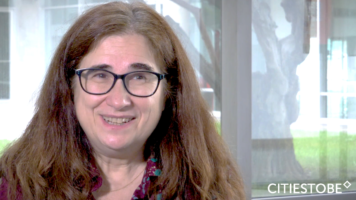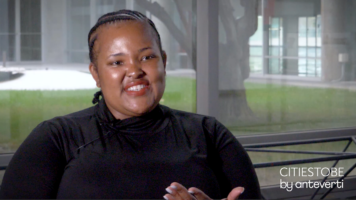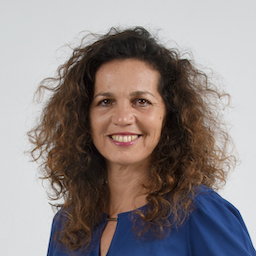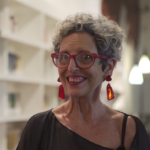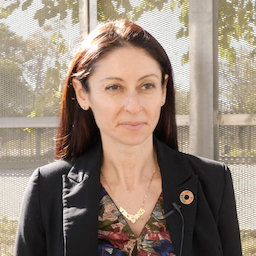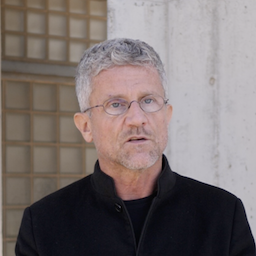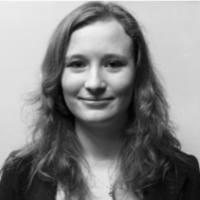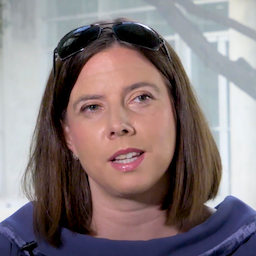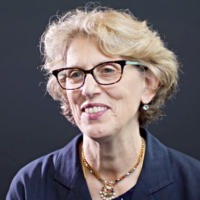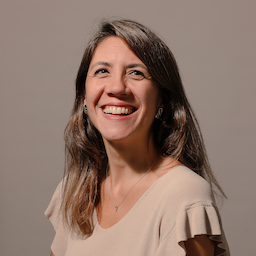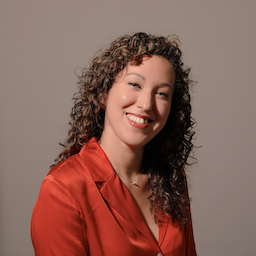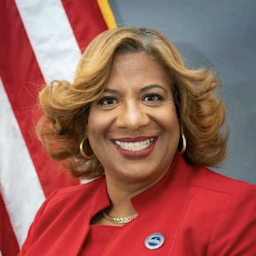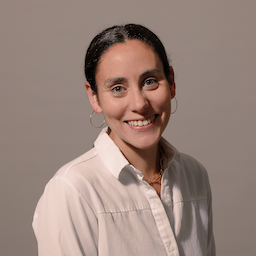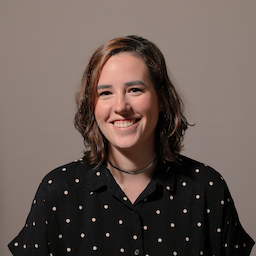How can feminist urbanism help build more equal cities? Lessons from Latin America
By | 2019
As urbanization advances, inequalities tend to increase too. This requires inclusive and long-term perspectives that respond to the question: how can the needs of women be amplified and brought into the design and implementation of public spaces? A tool for that is feminist urbanism, understood as a strategic framework for bringing women into the process of urban planning while empowering them – and it’s rapidly growing into a mainstream practice.
Promoting urban policies based on women’s and girls’ needs and rights equates to better planning for everyone. How we build tunnels, playgrounds, recreation centers, public transport and illuminating devices serves as a key indicator for sustainable smart cities and as a key variable in studying urban innovation policies.
Advancing gender equality: The New UN Urban Agenda
Considering the above, concrete measures were taken in the international sphere in the past decade. The first milestone of this ‘long-distance run’ was the United Nations Declaration on the Elimination of Violence Against Women of 1993, as it highlighted the importance of gender equality as a cross-cutting theme for a sustainable development.
However, the UN Women’s Safe Cities Global Initiative, launched in 2010, specifically addressed gender equality in public spaces as a key element for conquering women’s rights. The initiative is the first-ever program to provide updated knowledge and to develop policies to achieve substantial progress in the matter. By these means, UN Women’s goal is to ensure that women and girls in every city worldwide are socially, economically and politically empowered in public spaces, which are the necessary vehicles for women to deploy their full potential.
At the same time, the 2030 Agenda for Sustainable Development emphasizes gender equality as a transversal element to boost sustainable development. For instance, “Gender Equality” constitutes Sustainable Development Goal (SDG) 5; and SDG 11 – “Sustainable Cities and Communities”– calls for inclusive and safe urban settlements, transportation, housing or public services. Both goals are intrinsically linked and neither can be achieved without the other. In other words: they stress the need for a feminist approach in the design of urban policies.
These two milestones led to the New Urban Agenda by UN Habitat, which complies with a new framework that “lays out how cities should be planed and managed to best promote sustainable urbanization”. And this requires the essential participation of women, so that their needs and experiences are considered when shaping cities.
Latin America: emerging feminist urban policies for more inclusive cities
This international roadmap served as a strong influence that initiated a collective awareness for more gender-equal cities all over the world, including Latin America. But above all, it highlights the importance of having coherent public policies in place that tackle gender disparities from their root-causes.
One successful example of how women’s participation can transform urban policies is the one led by Chile’s Observatory against Street Harassment (known by its Spanish acronym OCAC), created back in 2013 by a group of young women sociologists. Two years later, with the endorsement of UN Women, OCAC conducted a public opinion survey of street harassment and its effects on the daily life of women. The numbers were clear: 9 out of 10 women had experienced street harassment. At the same time, they also proved that harassment is linked to how women use and live the city: almost 62% of them admitted that they modify their customary use of public spaces.
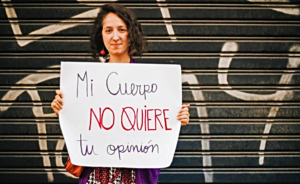
The results of the survey and the awareness campaign associated to it were so revealing that the same year, OCAC drew up the bill for a “Street Respect Law”. Repealing an obsolete law from 1874, the new bill of law sets a legal definition for street harassment and specific legal penalties to curtail it. The bill of law was unanimously approved in the Chamber of Deputies and is currently in discussion in the Senate to become an official law in Chile.
Thus, the OCAC demonstrated that community mobilization can lead to meaningful transformations at the political and social levels. At the same time, this experience inspired a wave of feminist urbanism activism – worldwide and in the Latin American region. For example, the creation of the Latin American and Caribbean Network against Street Harassment began in 2014. Today, it comprises several organizations in the region –such as Hollaback Bahamas, Acción Respeto in Argentina, Chega de FiuFiu in Brazil, Paremos el Acoso Callejero in Peru–, including the Network of OCAC LatAm Nodes (Uruguay, Nicaragua, Colombia, Costa Rica, Guatemala and Bolivia).
Moving Foward: key considerations for inclusive and smarter cities
The Chilean case is an excellent example of the power of citizens to change how cities are ruled. The road to equality requires addressing obstacles resolutely and decidedly, because as the concept of gender is inseparable from the legal horizon of equality, its practical implementation is inseparable from democratic politics.
And even if multiple instruments have been developed and executed to address gender equality across the globe, more progress is needed. And certain steps are required to bridge the present gender urban gap.
Primarily, involving women and girls in the making of decisions that affect their safety is crucial. Urban planning and policy design could benefit largely from the experiences of women and girls – and from the detailed data related to them. Women should also monitor and audit urban planning and policy. Above all, better participatory dialogue and processes hold the key to more inclusive design.
Secondly, it’s vital to implement an intersectional gender approach to urban policy design. An approach which features a special understanding of the multifaceted, pressing structural issues leading to inequity and discrimination. Women are diverse and multidimensional; different women –with diverse functional capacities, ethnicities, age, socioeconomic background, sexual orientation, religion or gender identities– are exposed different urban experiences and therefore call for different needs.
This also requires the participation of a diversity of urbanites in the planning processes, as Catalan Col·lectiu Punt 6 states: “An analysis of the complexity of realities and multiple activities and dimensions –the productive, the reproductive, the personal and the community dimension– that people carry out on a daily basis would enable planners to understand the diverse needs that coexist in our cities”.
To conclude, ActionAid highlights the importance of addressing institutional sexism across key implementing bodies, such as the police force, educational staff, the judiciary and the public sector as a whole, training them to contribute appropriately to safer cities for all.
Feminist urbanism is in everyone’s interest. When we strive for an inclusive urban experience, with a heightened awareness of gender specific needs and the tools to include and co-design for all, we make a holistic difference in inclusiveness. And this is crucial. Because, as UN Women Deputy Executive Director Lakshmi Puri states, “No city can be smart and sustainable if half of its population is not safe and lives in fear of violence.”
Picture by Titi Nicola, licensed under Creative Commons
About the authors
Tamara Drove Aldana is a Chilean social psychologist and researcher on human rights and gender equality through an intersectional prism. She has participated as a Consultant in the United Nations agencies of UNESCO, UNDP, ECLAC and UN Women, where she coordinated the Latin American launching of the campaign HeForShe. In her research, Tamara has explored the complex political relationship between feminism, cultural representation and the elimination of gender-based violence in public spaces with a focus on Latin America, publishing articles and papers for several international fora such as the ISA Sociology Forum at the University of Vienna or the New York Magazine Women Across Frontiers. She currently works for the Asia-Pacific Economic Cooperation (APEC) as Advisor for the Women, SMEs and Inclusive Growth Priority.







